■ Thoughts on the Annual NAMM SHOW Report
Here is one annual event that I always look forward to right after the new year begins: the NAMM SHOW. The NAMM SHOW is the world's largest musical instrument trade show that is held annually in Anaheim, California, USA. This year, the show was held over five days from January 21 to 25.
At the show, manufacturers presented and exhibited a large number of products ranging from keyboard instruments, guitars, drums, orchestral instruments, music production equipment, and professional audio equipment. Musical instrument makers and others are targeting this big event to develop their equipment. The market for musical instruments and other audio equipment is not only domestic but also global, so if you miss this event, you will fall behind the world-class announcements.
The NAMM SHOW is Japan's equivalent of a musical instrument fair, but on a different scale.
The domestic equivalents of the NAMM SHOW are InterBEE and the Broadcast Equipment Show. The Broadcast Equipment Show is now also in the field of content production, and thus has some overlap with the music industry.
The scale of Inter BEE, which is held at Makuhari Messe, is so large that it is impossible to cover all of it in one or two days if you look carefully. I used to work in video broadcasting, so I used to visit the Sony, Canon, Panasonic, Yamaha, and other booths every year and write reports on them.
1About 10 years ago, I stopped at the Fairlight booth, which dominated InterBEE.
The Fairlight CMI was the equipment of choice for professional musicians in the 1980s, with a built-in sampler and sequencer.
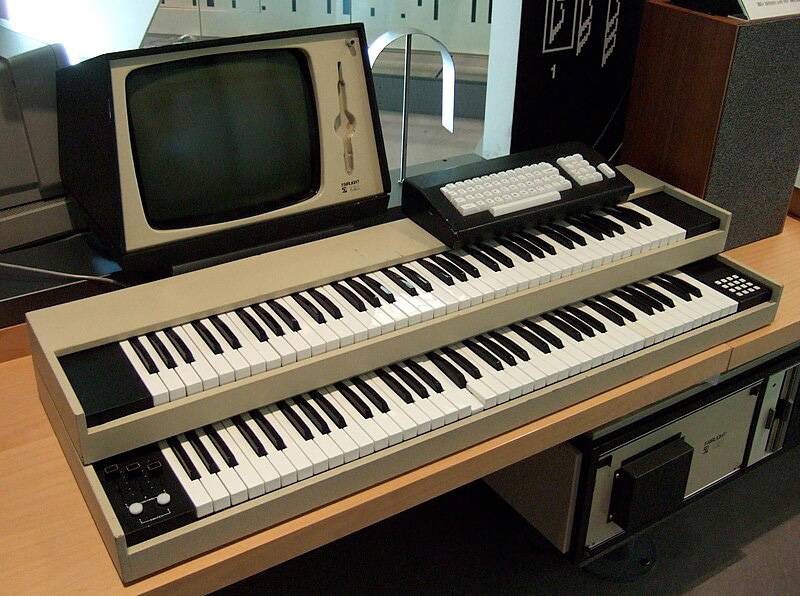
Fairlight CMI, public domain (Source: Wikipedia)
Priced at 12 million yen, this equipment was unaffordable for amateurs, and it was valued as a dedicated professional machine. It was used by progressive musicians such as Yes, Pink Floyd, Peter Gabriel, Kate Bush, Thomas Dolby, Stevie Wonder, Todd Rundgren, Isao Tomita, Ryuichi Sakamoto, Joe Hisaishi, Kazuhiko Kato, and Masahide Sakuma.
The Fairlight CMI was a dream machine that could sample the sound of live instruments and produce copied sounds. At the time, it was attracting attention as an instrument that could produce the same sound as a real instrument, which was something that everyone had longed for. However, the sampling rate was low at 8 bits, resulting in poor SN, and the sampled brass sounds and acoustic piano sounds were far removed from the actual sound.
However, initially orchestral sounds, brass band sounds, and mixed male-female chorus sounds were sampled and used in music.
Sounds that had previously only been available through human tactics, sounds of acoustic pianos that could not be created by synthesizers, the sound of glass bottles breaking, and even the sound of a door closing were made into music.
Musicians also found the compressed, flat sound interesting and preferred to use it. The ambiguous natured sound created an era.
I also heard the sound of Fairlight CMI played by Ryuichi Sakamoto at the East Theater in Yomiuriland in the 1980s. I still can’t forget the unique rough brass sound.
When I had a conversation with the person in charge of the Fairlight booth, he told me that they are now shifting their business from the development of keyboard instruments to video and audio equipment that make use of their expertise in digital technology. I really felt the change of the times and felt a little sad.
The new sounds that created the era were in a commoditized situation, and their centripetal force was stalling.
Now the cost of sampling instruments has come down and they have become the mainstay of synthesizer-equipped sound sources. The sounds of the expensive dream machines that ran through the era can now be found in keyboard instruments costing a few thousand yen.
The expansion of digital technology continues unabated, and this technology is applied to a wide variety of instruments.
While the NAMM SHOW is an opportunity to examine the culmination of manufacturers' efforts, the real interest of the NAMM SHOW is to be able to see the present and the times through musical instruments.
Synthesizers are instruments that reflect the cutting-edge technology of the time. There have been times in the past when equipment presented at the NAMM SHOW has taken the world by storm. While the evolution of equipment such as guitars, basses, and drums has not been as drastic, the synthesizer epoch has the power to change music.
In this sense, I always have high expectations for the synthesizers to be announced at the NAMM SHOW, and I wait for them with a thousand and one days of anticipation.
■ A Synthesizer Lover's Musings and Personal Thoughts on Synthesizers
Speaking of synthesizer-related highlights at this year's NAMM SHOW... I don't think there was much to make a fuss about.
In terms of synthesizer sound sources, it seems that the market has already reached a saturation state, and there are no new products coming out.
Manufacturers have taken the stance of adding their know-how, technology, and functions to synthesizers, and when you look at the synthesizers released by various companies, you can't help but feel that the functions they have packed into their products are enough to fill your instrumental hunger!
What I am looking forward to is nothing but new sounds....
Three products impressed me at NAMM SH0W 2025: the announcement of a sound module version of multi/poly, the 4VCO virtual analog synthesizer released by Korg in October 2024; the announcement of a reduced keyboard version of the mini-Korg 700S synthesizer; and the big surprise was the announcement of the remake of KRONOS.
I was expecting multi/poly to be an upgrade from Korg's low-priced synthesizer to a 61-key version, but I was a little disappointed that it was not. The multi/poly has a high reputation as a synthesizer, and if it is upgraded to a 61-key version, it will be a great addition to the opsix SE FM 61, but I was a little disappointed because I thought that if it was upgraded to 61 keys, they would use a Japanese keyboard together with the opsix SE FM 61-key synthesizer.
I bought two low-priced 37Key synthesizers released by Korg, the Wavestate and the KingKORG NEO, but I had to sell both of them because of how difficult it was to play the keyboard. The keys were so mushy that I didn't feel like I was playing.
I was especially disappointed with the KingKORG NEO because it had a nice sound at that price. It also came with a vocoder. It had the filter of the great machines, was sonically passable, and it was light! I don't think I would have sold it if the KingKORG NEO had the keys of the higher-end Korg models.
These are just my complaints, but I don’t think it’s unreasonable if the price body is under 100,000 yen....
■ Nautilus is back on the Kronos?!
The most surprising thing to me is that the Nautilus digital workstation synthesizer, the Nautilus, is a remake of the Chronos. I guess you could say that the Nautilus is back, but this time with some extra sounds added to the Nautilus sound source.
Since its release, the Kronos has received enthusiastic support from professional musicians, and is still used as their main equipment. The Nautilus was an upgraded remake of the Kronos, and I never dreamed that a Kronos remake of the Nautilus would appear.
The new Kronos has an advantage over Yamaha's MONTAGE and Roland's V-STAGE because it is less expensive. However, I don't think I am the only one who sees it as more or less the same in terms of sound. In that sense, this may be such a hard time now.
I fully understand that all of them have great features and are sonically complete.
I will put down my pen in the hope that next year, a “new sound” will emerge that will change the music scene. Good luck, instrument makers!
The “sound & person” column is made up of contributions from you.
For details about contributing, click here.











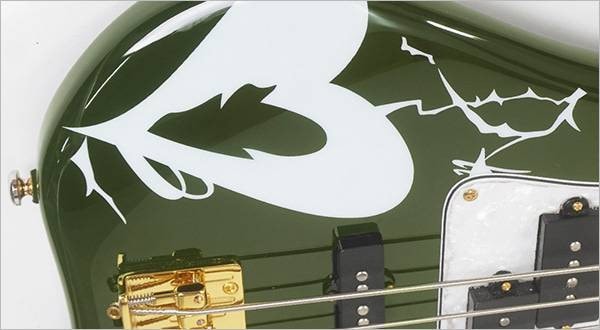
![Enchanting Instruments 66 - Electronic Sound Source Mechanism 6: Sampling Tone Generator 2 [PCM]](/contents/uploads/thumbs/5/2023/10/20231007_5_24147_1.jpg)
![Enchanting Instruments 65 - Electronic Sound Source Mechanism 5: Sampling Sound Source 1 [PCM]](/contents/uploads/thumbs/5/2023/6/20230613_5_23000_1.jpg)
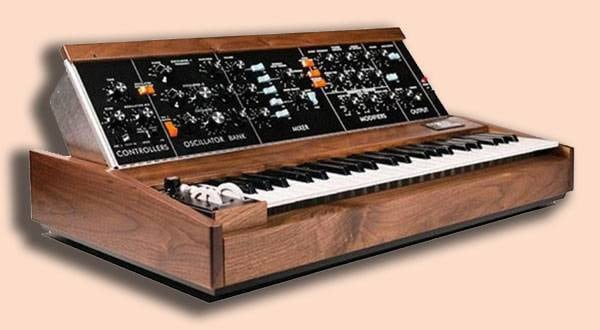
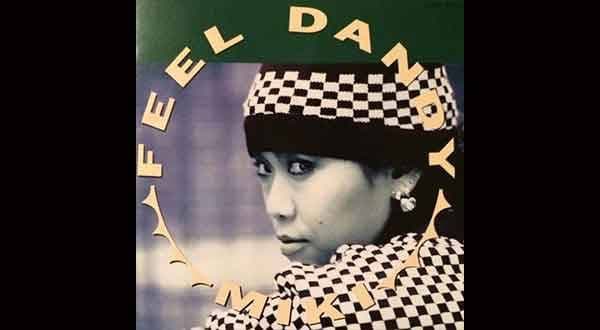
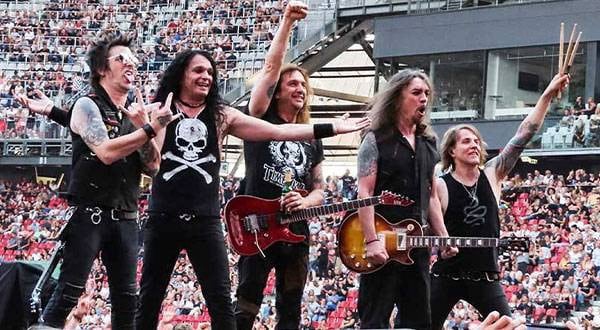
 エレクトリックピアノ 入門ガイド
エレクトリックピアノ 入門ガイド
 シンセサイザー 入門ガイド
シンセサイザー 入門ガイド
 PLAYTECH キーボードセレクター
PLAYTECH キーボードセレクター
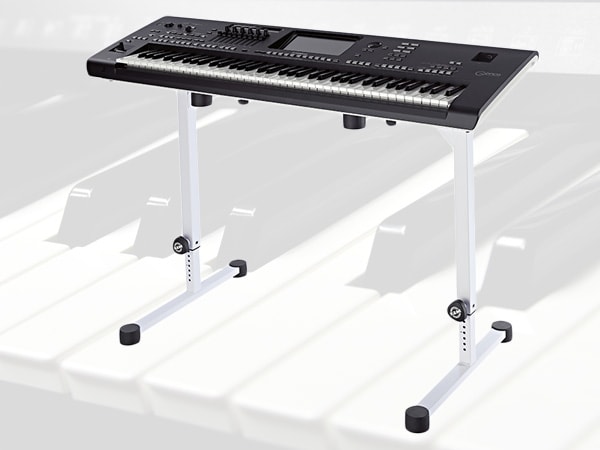 キーボードスタンドの選び方
キーボードスタンドの選び方
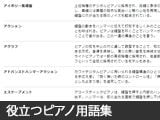 自分にあったピアノを選ぼう!役立つピアノ用語集
自分にあったピアノを選ぼう!役立つピアノ用語集
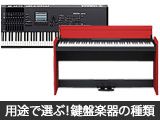 用途で選ぶ!鍵盤楽器の種類
用途で選ぶ!鍵盤楽器の種類















